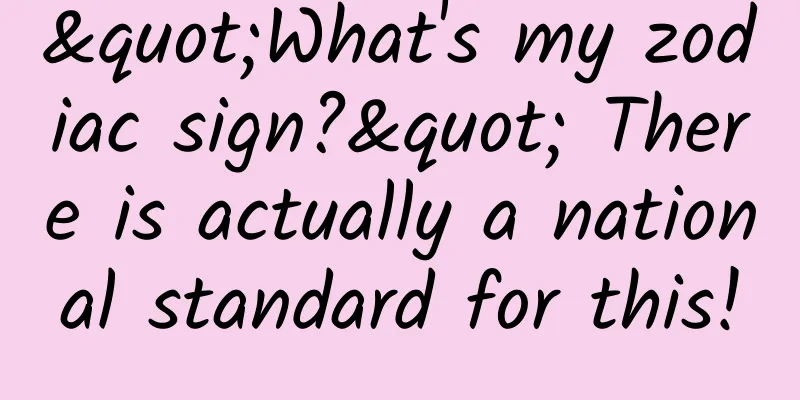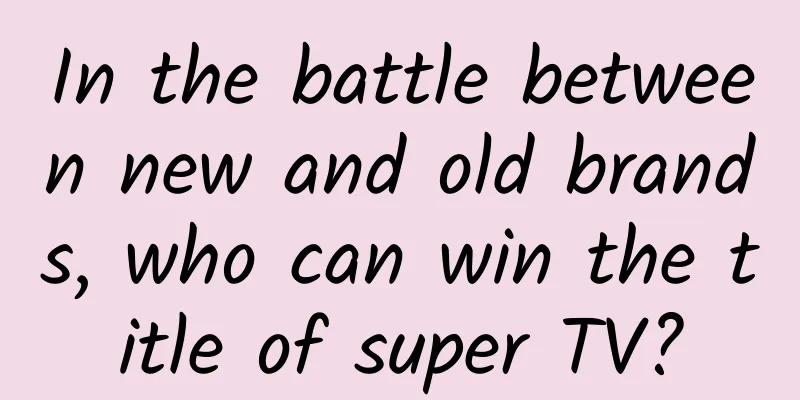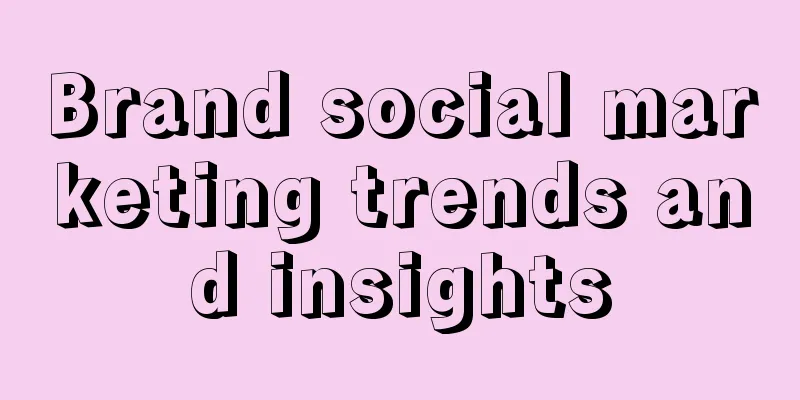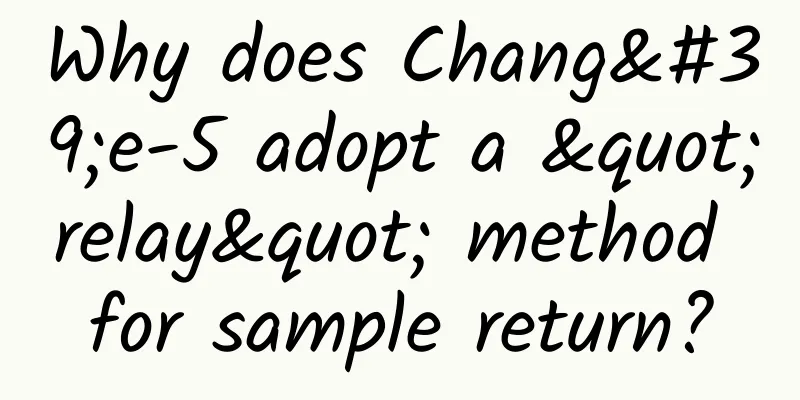From these 4 traits, you can see if you are a high-potential designer!
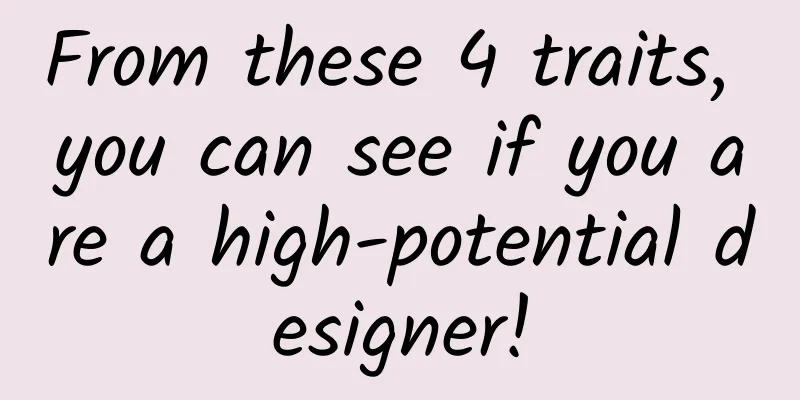
|
I have been working with some newcomers recently and found a rather polarized situation. Some of the outsourced designers are growing very fast and it seems very likely that they will get regular employment next year, but some are in a state of complete stagnation. I have observed and summarized carefully. In fact, within just a few months after a new employee joins the company, we can basically judge the future development potential of this designer through several characteristics. I would like to share these specific characteristics with you here to see if you can identify with them.
Good at summarizing and summarizingUsually when we first join a company, we always receive various links and messages from all directions, which we need to familiarize ourselves with and use one by one, such as the most common wiki project links, internal platforms for uploading design drafts, or daily report filling systems, etc. In fact, most people just save a few frequently used address links, but I have seen a designer who is so meticulous that he created a complete document to classify and collect these documents, which includes details such as: new installation process, responsible business upstream and downstream contacts, test package links, test numbers and verification codes, wiki project links, etc. When new designers come, this document becomes the most convenient and efficient communication bridge, and the beginning of this convenience is this designer who carefully reads all the delivered documents and saves them. In addition to the collection and classification of information for new employees, designers will encounter many areas in their work where summarization and conclusion can be used to improve efficiency and assist in design thinking. For example, when we start to learn how to use a new software, will you organize its cost-effective plug-ins? Will you summarize a beginner's guide for newcomers? For example, after completing a 0-1 project, will you summarize all the online material sizes you encounter (app store introduction pictures, etc.). These things may seem redundant outside of work, but they are of real help to your own improvement and that of your team members. This is because a lot of knowledge and information is just what you have seen, and only when they are classified and collected can they form a visual accumulation, which you can also share as your own accumulation when you join another team. Think about more possibilities and optimal solutionsRecently, an outsourced designer from another group often discussed some design issues with other designers, basically discussing whether some design solutions rejected by their supervisor were reasonable. In fact, most designers would be silent on the surface after their solutions were rejected. There are still very few people who are so concerned about seeking the best solution like this outsourced student. In fact, many designers usually just give a quick answer when they are working on requirements, that is, they usually only give one solution for the requirements, and sometimes it seems to be a less than ideal first draft. Then when they encounter problems or challenges in the requirements, they will rush to change the design according to the suggestions of their predecessors or the demander, and at the same time, they will complain in their hearts, thinking "I have to change the design again, how annoying". In fact, the fastest way to improve yourself is to think of 2-3 solutions when you encounter a slightly larger demand, explore the possibility of a design plan first, and then be able to clearly express your design thinking and basis when reviewing the manuscript.
Usually these designers who make rapid progress are also good at thinking and asking questions, such as what is the optimal solution for some small details of information design? Is the logic of interaction really reasonable? And so on. When encountering design proposals that are different from those of other designers, I neither blindly follow nor blindly reject them. I will carefully research competing products and analyze users, and then carefully determine the more appropriate design solution. This practice will not only ensure the rationality of my design output, but also be of great help in explaining the entire idea during future interviews. Compulsive denial and practiceOne day, I was going over drafts with a new girl and accidentally found that she was drawing some pages she had designed before. I curiously asked her what was going on. She said shyly: I looked through the team files of Figma, and felt that the pages designed by everyone before were so beautiful. I had never thought of designing in this way, so I wanted to quietly copy some to learn. I suddenly remembered that I had received some "exaggerated" portfolios before. Some of the works were very different from each other, and some were all outdated UI styles that were completely out of standard and comfortable. Then I imagined that if they also regularly checked Dribbble, favored designs, reviewed and denied themselves in time, and practiced to close the cognitive gap between hands and brains in time, they might be able to survive in this fiercely competitive industry. Therefore, once a designer often finds that the UI design inspiration he collected on Huaban, Dribbble, and Behance six months or even a few months ago is suddenly not so good, or the design draft he made a year ago suddenly feels unsightly. He must be a designer with keen observation and self-requirement, which basically determines that his future professionalism will definitely grow exponentially. However, many designers may say that I know what is good, but I just can't draw it, because my hands can't keep up with my brain. In fact, no matter whether a designer is talented or not, it will not be easy to achieve success in UI/UX design, because novices have many differences in the rules and perception of physical perception. The first work you see from the masters is also very different from his current work. Therefore, a designer who works hard and practices more can be as good as a talented designer. Superior understanding and "concession" communicationI encountered an interesting phenomenon before, when two designers were reviewing the same design draft. One statement was: "The product said that this should be highlighted a little bit, so it was changed to red copy." Another statement is: "The product hopes to express more promotional feelings here and guide users to buy, so I made it a red transparent label to replace the previous gray sub-copy." It is obvious that one is a completely passive and confused design modification, while the other is a solution designed after fully understanding and digesting the demands of the demander. In addition to understanding, here are a few more examples of "give and take" communication: Many designers with strong execution ability and sense of responsibility will use a tough attitude to communicate with product and development personnel when promoting some design restoration or design optimization schedules. For example, they will ignore the workload of development during the visual inspection and not allow errors in even a pixel. Another example is that they will ignore the revenue KPI pressure of the product and force the need for pure experience optimization. These designers who have good design skills, execution and self-motivation are not successful in the workplace, and they don’t understand why. In fact, a very important point lies in the designer’s ability to understand the superiors and subordinates and the business partners, whether he can get the core points of the tasks given by the boss at once, whether he can understand and help solve the demands and difficulties of his subordinates, and whether he can meet and make appropriate concessions to the needs and pain points of product technology. This kind of understanding ability in the workplace is almost as important as your professional ability, because no one likes to work with someone who doesn't get the point and is forceful. Once everyone doesn't want to work with you, it is easy to cause a lot of negative word of mouth about you, which will sooner or later reach the ears of your boss. Therefore, if a young designer works hard to understand the psychological demands of various parties and actively communicates and designs based on this, it means that he or she is a good candidate who can stand on his or her own in the future. SummarizeIn general, the qualities that a potential designer demonstrates at work are quite obvious, and they basically cover four aspects: summarizing, thinking, practicing, understanding, and communicating. If you feel that you meet all of the above four criteria, please pay attention. We are hiring hiahiahia ~ |
Recommend
The dilemma of Youku, the follower
I don’t know when it started, but Youku Video’s i...
New Android virus may force you to change your phone
Security company Lookout recently issued a warnin...
During the start of the school season, how can information flow advertising cleverly leverage marketing momentum?
When will the “longest winter vacation” in histor...
Meizu Note 2 hands-on: Details make a big difference
Meizu brought the Meizu Blue Note 2, which has al...
Super useful information! To do community fission, just read this article
Everyone may be familiar with social fission . Co...
Interpretation of how to play Tmall Double 11 building activity!
There is no change in the underlying model betwee...
Are melamine and clenbuterol food additives? Can we eat additives?
When it comes to food additives, people have grad...
Electric Technology Car News: Facing the shrinking market of small SUVs, can Zotye T300 successfully go against the tide?
Zotye Auto is the topic queen in the auto market....
Once you are over this age, carotid artery plaque will come to you! Severe cases can cause stroke, so don't take it lightly!
During a routine annual physical examination, Ms....
What kind of ground promotion is considered awesome? They gave a textbook demonstration
I believe that many friends who are engaged in op...
Spring Festival promotion cannot be separated from these 7 major themes
The Spring Festival is one of the most important ...
Does less sleep make you fat? Can sleep be evolved? Here are 10 little-known facts about sleep that you may not know!
According to statistics from the World Health Org...
Winterberry Group: How AI is changing video and content production report
Creativity and content production are in the mids...
Thrilling and exciting! Looking back at the first human journey to the moon | Human Lunar Day
54 years ago today, Armstrong left clear footprin...

